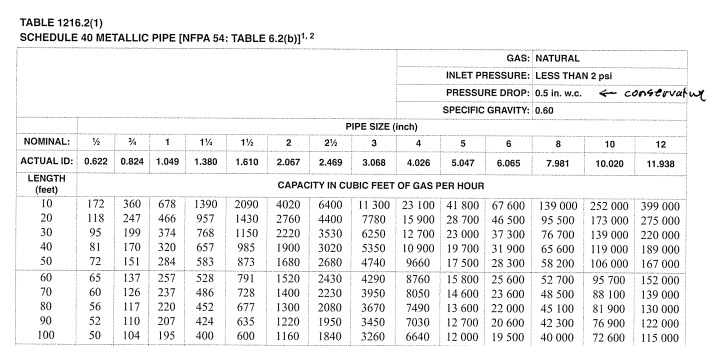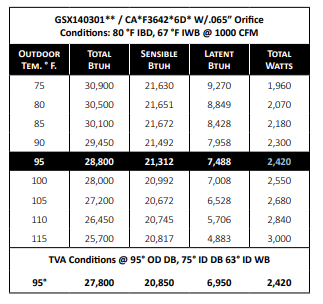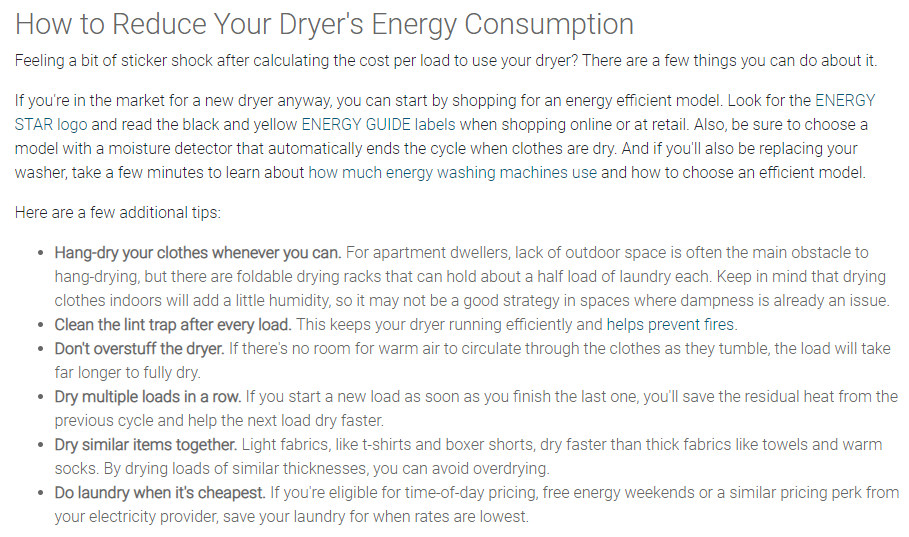It’s been a busy time lately. Lots of personal matters that have had my attention, but I have started to continue to progress on building backup power for our home. Between Icestorm outages in February, ERCOT changing people’s home air conditioner settings in the summer due to lack of available power, and with hurricane season ramping up, it seems a strong given that another power outage is due before the end of the year.
The process for me began with a lot of research that I would reference later during the other steps as I learned more. The single most important requirement I had was choosing a generator. Since whole home standby generators and installations are back ordered until after hurricane season is over, I had few choices to use other than a portable generator. To determine which one, I used Generatorbible. It lists 502 portable generators by various criteria.
How to know which one was right for me? Well, I started with building out a spreadsheet based on my requirements. For me, the top criteria included THD (the lower the value, the cleaner the power), Running Watts (to be able to power a 2.5 ton air conditioner unit), 50A output (to get the power from the generator to the breaker box), and an alternate fuel type from gasoline (which is difficult to store and get prior to a hurricane). I went with propane, but would use the propane line to modify it for natural gas.

There are several good choices available that met my needs which is why they are highlighted in blue and green. In this case, the blue is the one I settled on. Using the Pulsar PG12000B meant that I could use gasoline or propane. During my research, I discovered that you can even get propane tanks delivered to you for a reasonable cost with several different services. However, as I have lived through many hurricanes during my life with some having power outages of 3 weeks, I looked at what that would cost from a propane perspective.
Generatorbible lists the propane consumption of the generators they list. For the Pulsar PG12000B, it lists the following:

Ok, so now we know the amount of time we will have an estimated power duration (3 weeks) and the rate of propane consumption (0.94 gallons per hour). That means our propane needs will be for 24 hours * 7 days * 3 weeks * 0.94 gallons of propane. That is 473.76 gallons or close to 500 gallons of propane. Here is our first challenge. That is a ton of propane, where are we going to put all these propane tanks at? What about cost? There are services that can drop off 100 gallon propane tanks for about $250 a tank, but that would be $1,250 in propane. The solution is natural gas if available.
Natural gas is plentiful and cheap, but how do we get it to the generator? In my case, I have a natural gas line in my backyard which was put in during construction. I have never used it so I am going to try to tie into that. But the question is, will it be enough to power a generator? Let’s do the math.
Measuring the pipe in the backyard and it appears that the gas outlet is 3/4″. However, the natural gas meter is at the front of the house and the label on it says that it delivers 250 cubic feet per hour. Using a tape measure to go from the meter at the front of the house to the gas outlet at the back of the house appears to be roughly 67 feet. Now we can simply use the sizing guide for metallic pipe which shows the following chart.

For 3/4″ metallic pipe at 67 feet rounded up to 70 feet shows a value of 126 cubic feet of gas per hour. This is roughly half of the 250 cubic feet of gas per hour the meter can provide. That sounds good, but what does that mean for the generator? Will it be able to run at full load, half load, or no load?
That’s a bit trickier. We need to convert the natural gas power source which is a gas into BTU which is a thermal unit of power. The conversion rate is 1 CFH = 1,050 BTU. So for the meter at 250 CFH (cubic feet per hour) that means it delivers about 262,500 BTU. Based on the same conversion that means our back of house natural gas tap probably provides close to 132,300 BTU.
Big reminder, it is important to not run a generator inside or close to a home. It kills hundreds of people every year. It may not seem like it, but carbon monoxide is odorless and can in fact go through walls due to the size of the molecule. Gasoline generators are recommended to be 20 feet away from a home because of the amount of CO (carbon monoxide) particles that are given off. From what I have read propane generators are around 10 feet and natural gas generators are no closer than 5 feet to a structure due to the fuel sources being mildly cleaner.
Given that, if we add in a 10 foot 3/4″ hose from the tap to the generator to give it some distance from the house that drops the BTU by about 10,000 to 122,850 BTU. That means this is probably what we can expect to get as a maximum amount of fuel for our generator at any given point in time.
Okay, so we have the CFH and BTU, but how does that relate to the propane gallons per hour which is a liquid? Natural gas and propane are pretty close when it comes to fuel efficiency. Propane is technically more fuel dense than natural gas, but the difference between the two is close to 10%. Some websites say that this number is a misnomer. For our experiments, we will ignore that for now and continue with the math, but you can modify the number by 10% if desired.
Remember our propane consumption rate from earlier? A gallon of propane has 91,500 BTU of energy in it. So 0.94 GPH (gallons per hour) for propane is about 86,010 BTU. That means our backyard pipe should be efficient enough to run at a half load. Since a full load on propane is about 8,550 rated watts then a half load using 86,010 BTU should be 4,275 running watts. Peak will be much higher than that.
Next question, is that enough power to run a whole home air conditioner? What about a fridge?
Ok, let’s break it down. Here is the power utilization of a 2.5 ton Goodman GXS140301 air conditioner.

This chart is really good. It even tells us the power consumption as the outside temperature changes. In the South, you can expect temperatures to get to 95 Fahrenheit pretty regularly during the summertime. Based on that temperature, that tells us we should expect a power utilization of 2,420 watts. With our half load generator running at 4,275 watts, we should still have 1,855 watts left. What about the refrigerator?

The refrigerator uses 6.5A at 115V. Based on Ohm’s law that equates to 747.5 or about 750 watts.
Cool. So a whole home AC and fridge use 2,420 + 747.5 or about 3,167.5 watts. That seems great. What else?
Modems? Phones? Laptops? LED lights? All of those devices are pretty good on power. There are some webpages that can help list approximate values of power usage. DaftLogic is a site that has a database of appliances as well as their wattage uses.
So what’s not great? Coffee pots, microwaves, vacuums, and clothes dryers. Thankfully, the coffee pot, microwave, and vacuum only use power for short increments of time which just means you can plan for them and you might need to shuffle when some devices are on. Note, the refrigerator does not run all the time. Once it hits the temperature inside it turns off the compressor and no longer uses power. Provided the AC is running, it will help keep the temperature cool longer.
Here is our worst case scenario and something difficult to plan for… the clothes dryer. Here is a relatively new Samsung.

Yes, that does say 5,300 watts. That means it will use as much power as all other devices combined and still need more power. It also means the generator will be running beyond half load which means things get tricky again with calculating power. In our original estimates we were using 86,010 BTU of an estimated 122,850 BTU. In theory, that means that there is additional fuel for the generator to scale up to a higher output of about 30% more. Wattage wise, 30% of 4,725 is 1,417.5 so our theoretical maximum power output is 6,142.5 watts.
So yes, we could be able to run it, but that means at the sacrifice of the air conditioner, refrigerator, and some other devices. What about putting the clothes outside? Well, while some people live in a dry climate where you can put them outside to dry in the sun, but for coastal cities in the South, you often have 95% humidity which means clothes do not dry out very well. There is a solution, one which the ancient Greeks showed us, which was the middle ground… compromise. Instead of running at high heat, run at a lower temperature which uses less power for a longer period of time. Estimates vary, but I have read roughly 40% less energy for low power. In our example above, that would mean 2,120 watts which would work for keeping all critical items running.
Here are some other good tips for a clothes dryer.

Ok, now that I have settled on the generator, I built another spreadsheet to gather my choices for other required components and to start the estimated cost process. From there, I started building out what the order of operations would be. I will put that in my next update.
